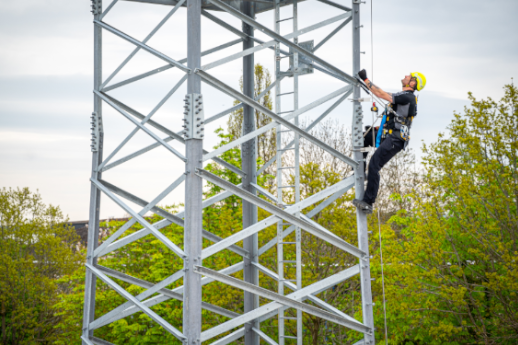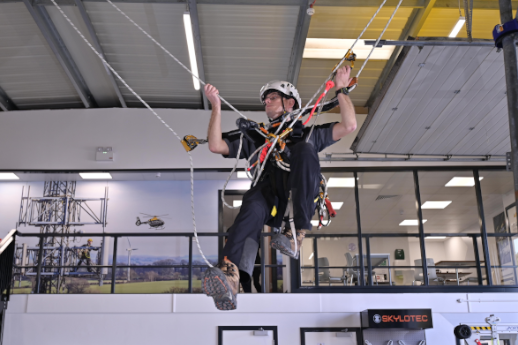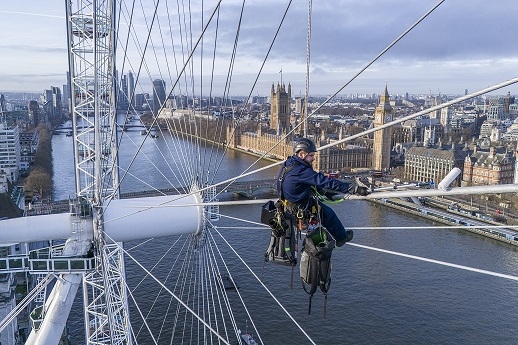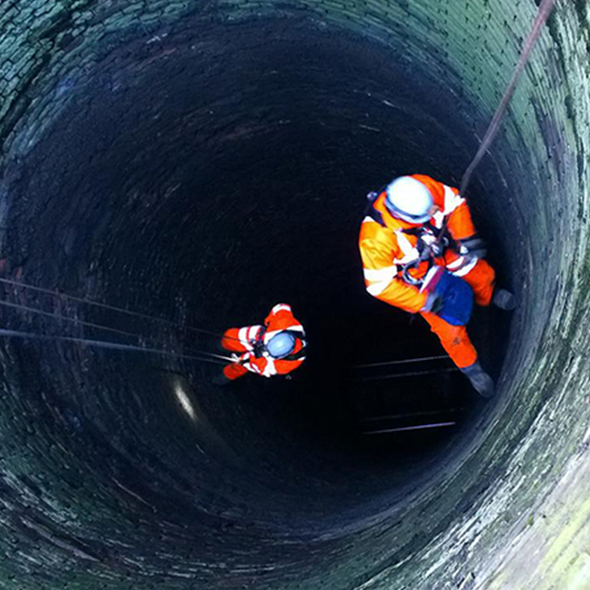 CONFINED SPACE SERVICES
View all of our Confined Space services here
Find Out More
CONFINED SPACE SERVICES
View all of our Confined Space services here
Find Out More
Working at Height Training
The expertise your people need while working at height
Working at height involves accessing work locations which have an inherent risk of falling. It is not surprising that falling from height is the leading cause of workplace fatalities due to its prevalence in almost every industry sector, and the severe consequences of an accident occurring. However, there are numerous access systems to help mitigate the risk, from the basic to very complex. The access system chosen should be based on a thorough risk assessment, including the practicalities of completing a work task whilst using a particular system.
|
|
|
Access systems and how the risk of falling is mitigated can be separated into collective and personal measures. The following give examples of each (non-exhaustive)
|
Collective – Protects more than one person Scaffold Platforms |
Personal – Protects the individual Work restraint |
Personal systems require 3 fundamental components which should be appropriate for the fall protection system:
- Anchors
- Connecting Lanyards/Devices
- Harness
The variety of access systems and personal fall protection equipment make it paramount that those conducting risk assessments, planning works, and ultimately using the equipment, are trained and competent to do so. We provide a range of work at height training, courses and services, focusing mainly on the higher risk area of - Personal Fall Protection Systems. These access systems require more in-depth user knowledge and a safe learning environment to practice techniques under supervision.
Watch this short video tutorial below about fall factors when utilising personal fall protection systems and click here to find out about our working at height facillities in our safety centres.
Now choose your subject from the list below
-
Rooftop Safety Training
-
Telecoms Climber Training
-
Warehouse Safety Training
-
IRATA and Rope Access Training
-
GWO Energy & Renewables
-
Rescue from Height Training
-
Fall Protection Training
-
Ladder Safety Training
-
Rail Training
-
PPE Inspection Training
 CONFINED SPACE SERVICES
View all of our Confined Space services here
Find Out More
CONFINED SPACE SERVICES
View all of our Confined Space services here
Find Out More
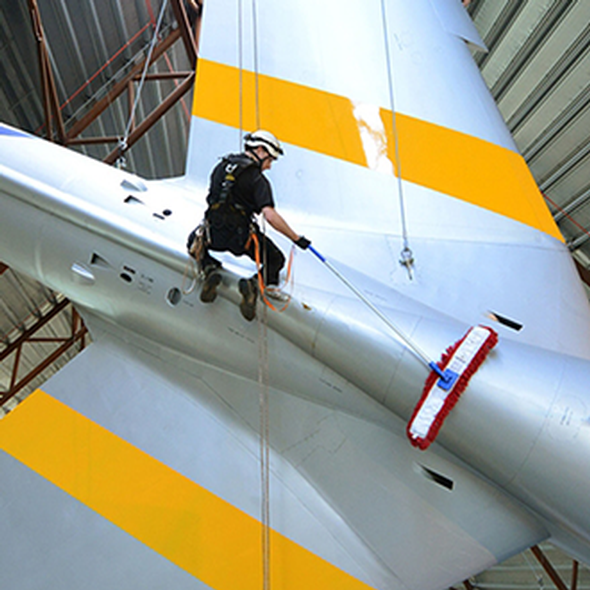 WORKING AT HEIGHT SERVICES
View our Working at Height Services here
Find Out More
WORKING AT HEIGHT SERVICES
View our Working at Height Services here
Find Out More
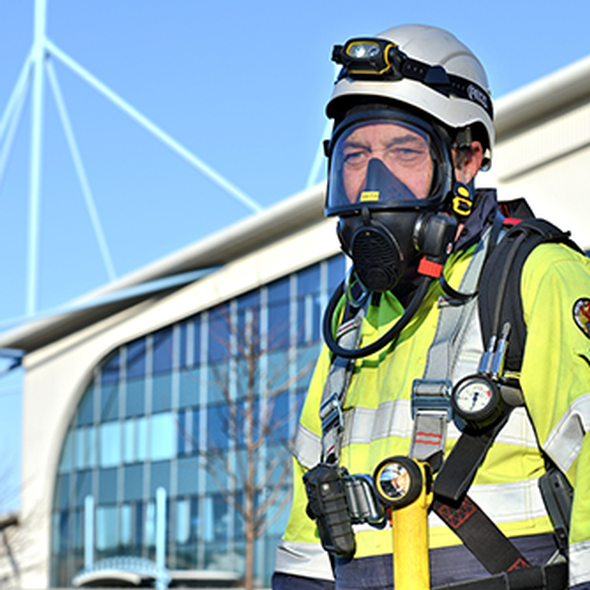 Respiratory Services
View all of our Respiratory services here
Find Out More
Respiratory Services
View all of our Respiratory services here
Find Out More
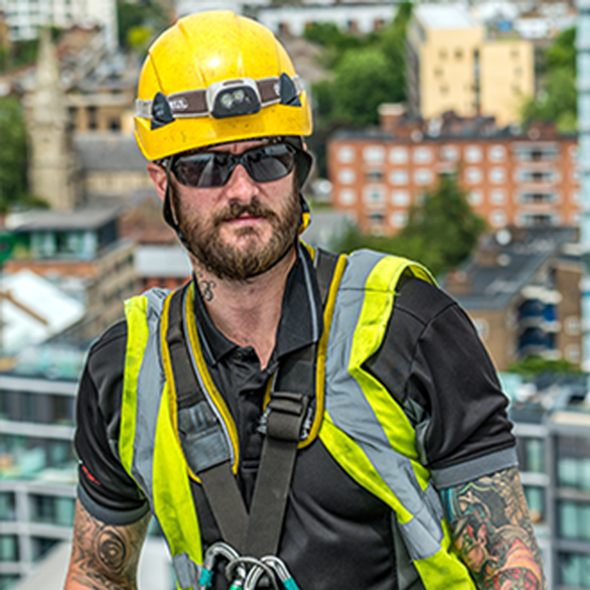 Working at Height Video Conferencing
Browse our online conferences
Find Out More
Working at Height Video Conferencing
Browse our online conferences
Find Out More

